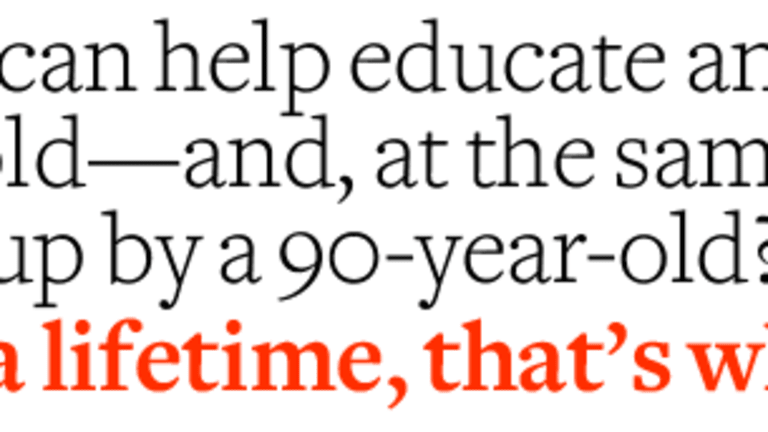During an interview for his dream job as a neurology resident, Brian Hainline was asked how he had
managed to play college tennis while simultaneously studying both philosophy and pre-med. His reply was that while he didn’t have the extensive background in research that other residency candidates had, tennis had taught him discipline, the drive for excellence and character development that comes from a journey of successes and failures.
That response was the key to him landing the job—one that would help Hainline flourish professionally and, eventually, lead him back into tennis.
Hainline earned his Bachelor’s degree in 1978 from the University of Notre Dame, where he was the team’s top singles and doubles player during his senior season. He then went on to earn his medical degree and completed his residency in neurology.
With a background in athletics and academics, Hainline served as Chief Medical Officer for the US Open from 1992 to 2007, and was appointed as the first Chief Medical Officer of the USTA in 2008. He is a founding member of the Tennis Anti-Doping Program Review Board for the ITF, ATP and WTA.
Then, in 2013, Hainline became the NCAA’s first chief medical officer, overseeing all student-athlete health and safety initiatives—and bringing everything full circle.
“Being devoted to doing everything possible to promote and develop the health, safety and well-being of all student-athletes” is the purpose of his role, according to Hainline.
As part of his duties, Hainline coordinates with the NCAA’s main sports medicine panel, the Committee on Competitive Safeguards and Medical Aspects of Sports, and oversees the NCAA Sport Science Institute—a national center of excellence that functions as a resource to provide safety, health and medical expertise and research for physicians, athletic trainers and all stakeholders in sport.
For his yeoman efforts, Hainline received the 2016 ITA Achievement Award, which for the past 24 years has honored former varsity college tennis players who have achieved excellence in their chosen careers.
“The selection,” said Timothy Russell, ITA Chief Executive Officer, “speaks not only to Brian’s extraordinary career in the field of medicine, but also to the larger vision that the ITA serves college tennis and returns the leaders of tomorrow.”
Medicine isn’t everything to Hainline, one of college tennis’ most important figures. But like his answer to that pivotal interview question, he finds a commonality among his many interests.
“Whether I’m practicing neuroscience, teaching religion or developing policies and procedures for sport,” says Hainline, “the unifying theme is to help people become aware of how they can take steps to improve their level of self-care, sense of awareness and well-being, and then to give back to life.”
